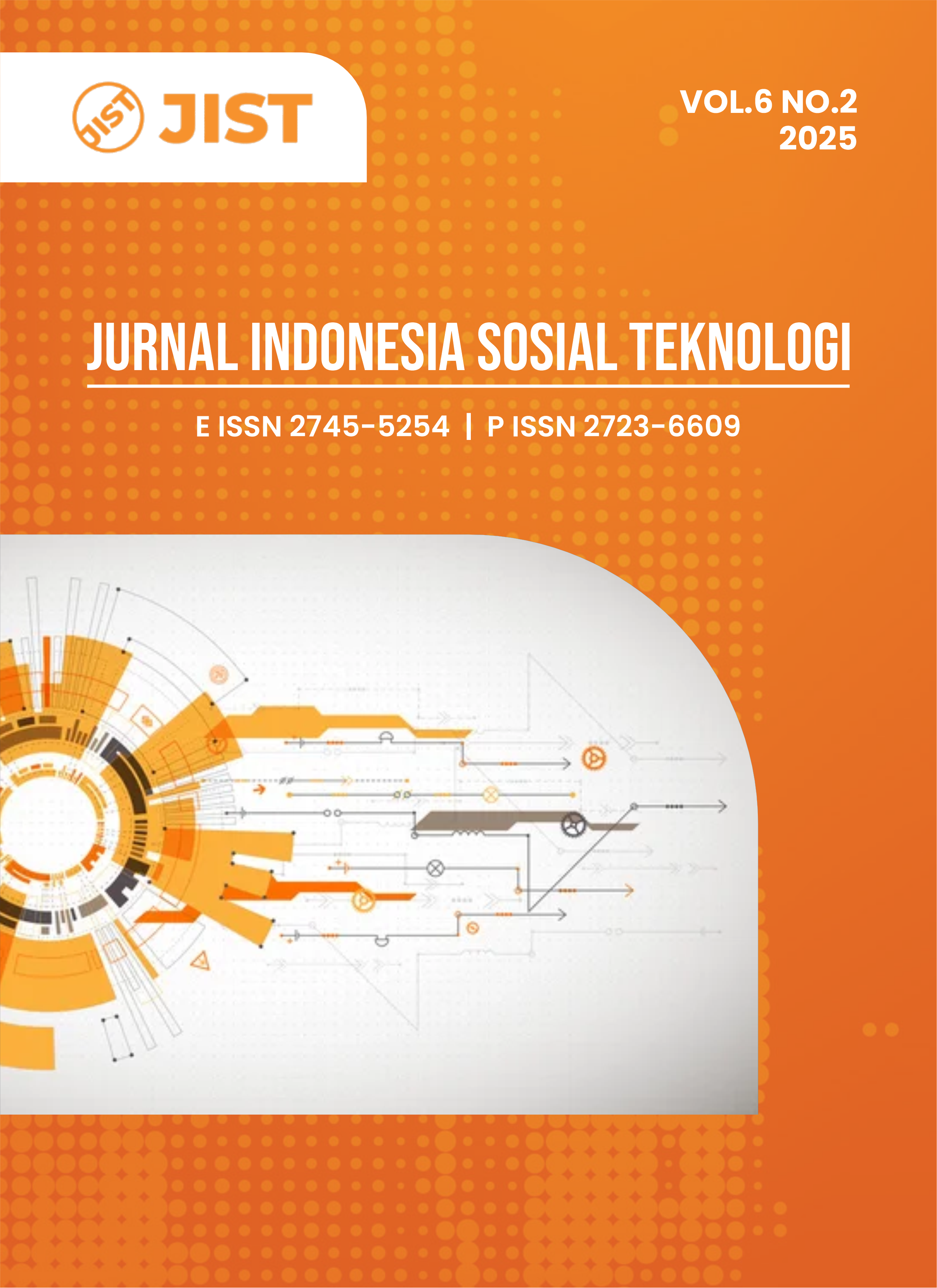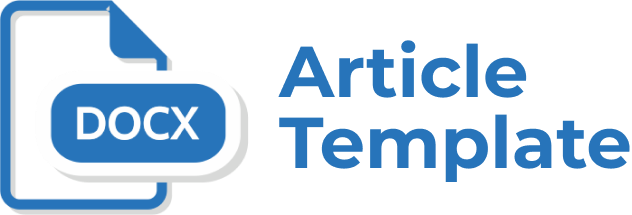Runoff Analysis Based on Rainfall in Gegesik Irrigation Area
DOI:
https://doi.org/10.59141/jist.v6i2.8973Keywords:
manning, NFR, runoff, thiessen polygonAbstract
The amount of runoff water flow needs to be calculated based on rainfall data in the region. This research aims to analyze rainfall data to obtain the amount of runoff discharge in the Gegesik irrigation area. In this study using a quantitative approach. The research begins with conducting field surveys and collecting data from related agencies. The method used in analyzing rainfall data uses the Thiessen polygon method to obtain regional rainfall and the NFR method to obtain irrigation water requirements. Based on the analysis of rainfall data using the Thiessen polygon method, it can be seen that the average value of rainfall area in 10 years is 42.32 mm. So it can be known that the need for irrigation water with the NFR method occurs in November, which is 12.67 mm/day. After analyzing these results, it can be seen that the existing discharge is 0.77 m3 / s, the flood discharge that occurs is 1.24 m3 / s and the runoff discharge is 0.47 m3 / s. After the embankment elevation of 1 m, it can be seen that the discharge is 0.999 m3 / s, it can be concluded that the discharge capacity after making the embankment can accommodate the runoff discharge. So to reduce water runoff into rice fields from the research that has been done, it can be suggested to change the dimensions of irrigation with the initial height of the embankment of 0.84 m to 1 m and the need for dredging because of the large amount of sediment that settles in irrigation channels that can cause water to run over into the fields.
Downloads
Published
How to Cite
Issue
Section
License
Copyright (c) 2025 Delia Ichsania, Hardia Adiguna, Syaihu Akhmad Syaihu, Nurdiyanto Nurdiyanto, Sulistijo Edhy Purnomo

This work is licensed under a Creative Commons Attribution-ShareAlike 4.0 International License.
Authors who publish with this journal agree to the following terms:
- Authors retain copyright and grant the journal right of first publication with the work simultaneously licensed under a Creative Commons Attribution-ShareAlike 4.0 International. that allows others to share the work with an acknowledgement of the work's authorship and initial publication in this journal.
- Authors are able to enter into separate, additional contractual arrangements for the non-exclusive distribution of the journal's published version of the work (e.g., post it to an institutional repository or publish it in a book), with an acknowledgement of its initial publication in this journal.
- Authors are permitted and encouraged to post their work online (e.g., in institutional repositories or on their website) prior to and during the submission process, as it can lead to productive exchanges, as well as earlier and greater citation of published work.










